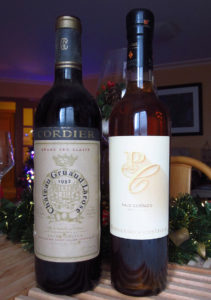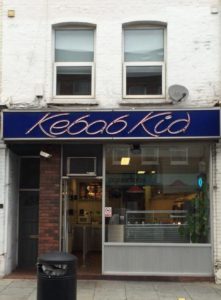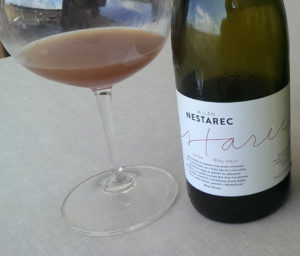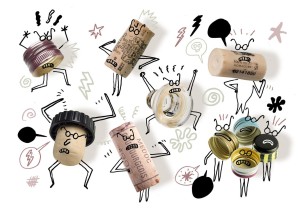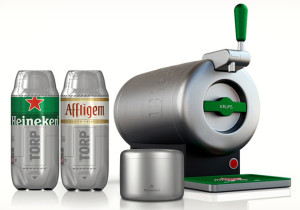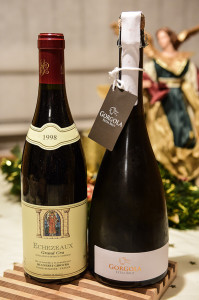 In our business we often talk about the ‘marriage’ of food and wine, but I have always maintained that this is often a matter of personal taste. There can sometimes be an element of wine snobbery attached to pairing food and wine, but happily as consumers, we don’t always have to agree with the experts and so if we prefer, can make our own wine choices.
In our business we often talk about the ‘marriage’ of food and wine, but I have always maintained that this is often a matter of personal taste. There can sometimes be an element of wine snobbery attached to pairing food and wine, but happily as consumers, we don’t always have to agree with the experts and so if we prefer, can make our own wine choices.
Don’t get me wrong, sommeliers do a fine job, and will often help consumers tiptoe their way through the minefield of an extensive wine list. Wine ‘flights’ were, and still are, another alternative (nearly always offered to accompany the chef’s own tasting menu). These are simply a selection of hand-picked wines, served by the glass, specifically chosen to ‘marry’ with each dish on the menu. Some selections will be International encompassing wines from around the world, whereas some might be a selection of local wines, chosen specifically to accompany a menu highlighting local produce.
Of course the beauty of a wine flight is that it offers the opportunity to taste several different wines, possibly every one a new experience, and not least of all, that each one will make the perfect accompaniment to the food. But what happens when they’re not??
A while ago I ate at a top Galician restaurant (which shall remain nameless for purposes of this story) and selected their best tasting menu. I was offered a choice of two different wine flights, one basic and one more ‘up-market’. I opted for the better one of the two, including five glasses of ‘superior quality’ Galician wines. Of the five wines I thought that two were very good and went well with the dishes. The third, a floral, honeyed white blend from the D.O. of Monterrei was served with a dark, rich, slow-braised cheek of beef. Sorry to say, but this selection was simply not a ‘marriage’ in any way, shape or form….
The final two wines were just….. well, poor and not very well made. A Rias Baixas red, made from a blend of Pedral, Souson and Espadeiro was just unripe and highly volatile – sour and unpleasant. Then finally a “dessert” wine (I use inverted commas deliberately), made I believe, from a late-harvest albariño. Only 9% alcohol, watery, hardly any concentration or viscosity and completely lacking body – ordinary at best, and certainly not memorable in any way. Oh dear!
On one final, more positive note, the food was outstanding and I will certainly be back there soon. It goes without saying however, that the next time I will be making my own wine selections!
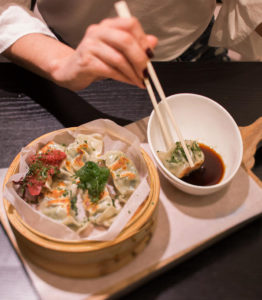 Xīnnián kuàilè – New Year Happiness! Today is Chinese New Year. It is the year of the dog, the dog being the eleventh animal of the twelve year Chinese calendar cycle.
Xīnnián kuàilè – New Year Happiness! Today is Chinese New Year. It is the year of the dog, the dog being the eleventh animal of the twelve year Chinese calendar cycle.


